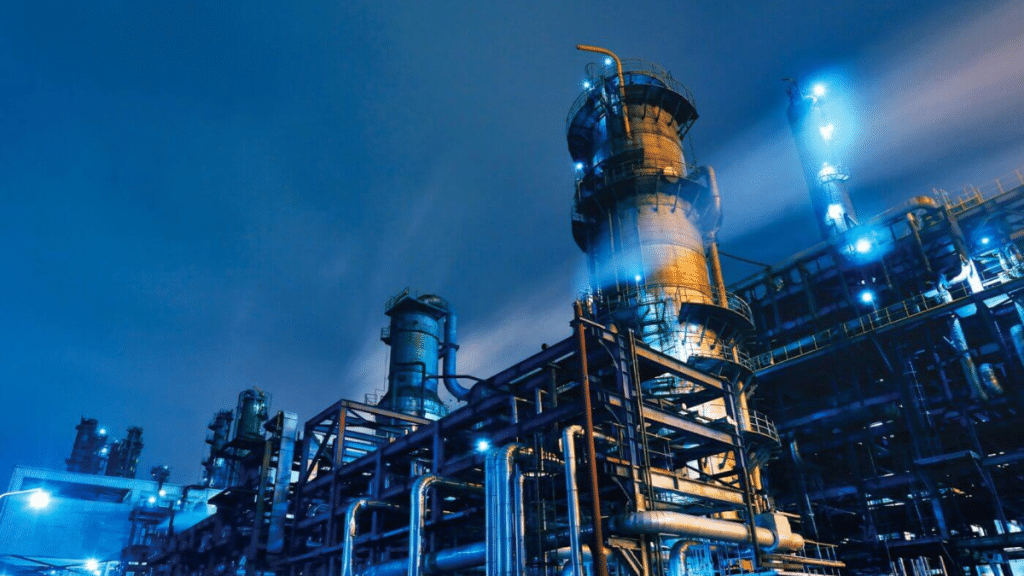High-temperature industrial environments are some of the most extreme and unforgiving settings in modern manufacturing. Whether it’s the heat treatment of metals, the refining of chemicals, or the sintering of ceramics, these applications demand robust materials, precise measurement tools, and resilient engineering solutions. As global industries scale up performance and efficiency, high-temperature technologies continue to evolve to meet the challenge.
What defines a high-temperature application?
High-temperature applications typically involve operations exceeding 500 °C, with many reaching well over 1200 °C or more. Such environments can degrade standard components quickly, leading to downtime, safety concerns, and inconsistent output. The demands are not only thermal. Many processes also involve chemical exposure, mechanical stress, or vacuum conditions, further complicating the engineering requirements.
Core components that make the difference
At the heart of high-temperature systems are temperature sensors. These devices must withstand extreme heat while providing consistent and accurate readings over time. In addition to sensors, heating elements deliver controlled and uniform heat. These elements are crucial in applications like glass production, furnace operations, and semiconductor processing.
Insulation is another critical factor. Advanced materials like microporous insulation or ceramic fiber blankets can significantly reduce energy loss, improve process efficiency, and protect surrounding equipment.
Industry examples of high-temperature needs
In the aerospace sector, high-temperature materials must maintain structural integrity during engine testing or materials research. In the automotive industry, metal casting and heat treatment require accurate thermal control to ensure quality. Even in the food processing or pharmaceutical sectors, sterilization processes demand equipment that can function safely under high heat.
Reliable sourcing is key
Industrial reliability starts with sourcing the right components. Companies operating in high-temperature environments need more than just off-the-shelf parts. That’s where specialists like Kamet-trading.com come into play.
Looking ahead: smart and sustainable
The future of high-temperature technology lies not only in resilience but also in intelligence and sustainability. Smart sensors with real-time monitoring capabilities are becoming more common, allowing for predictive maintenance and improved energy efficiency. Meanwhile, manufacturers are exploring cleaner production methods and recyclable materials to reduce the environmental impact of high-heat operations.
A precise and efficient execution of complex processes
High-temperature industrial solutions are the unsung heroes of modern production, enabling the precise and efficient execution of complex processes. As industries continue to push thermal limits, the role of specialized components and expert suppliers becomes increasingly important. With the right tools and partners, operating under extreme conditions is not just possible. It’s a competitive advantage.
